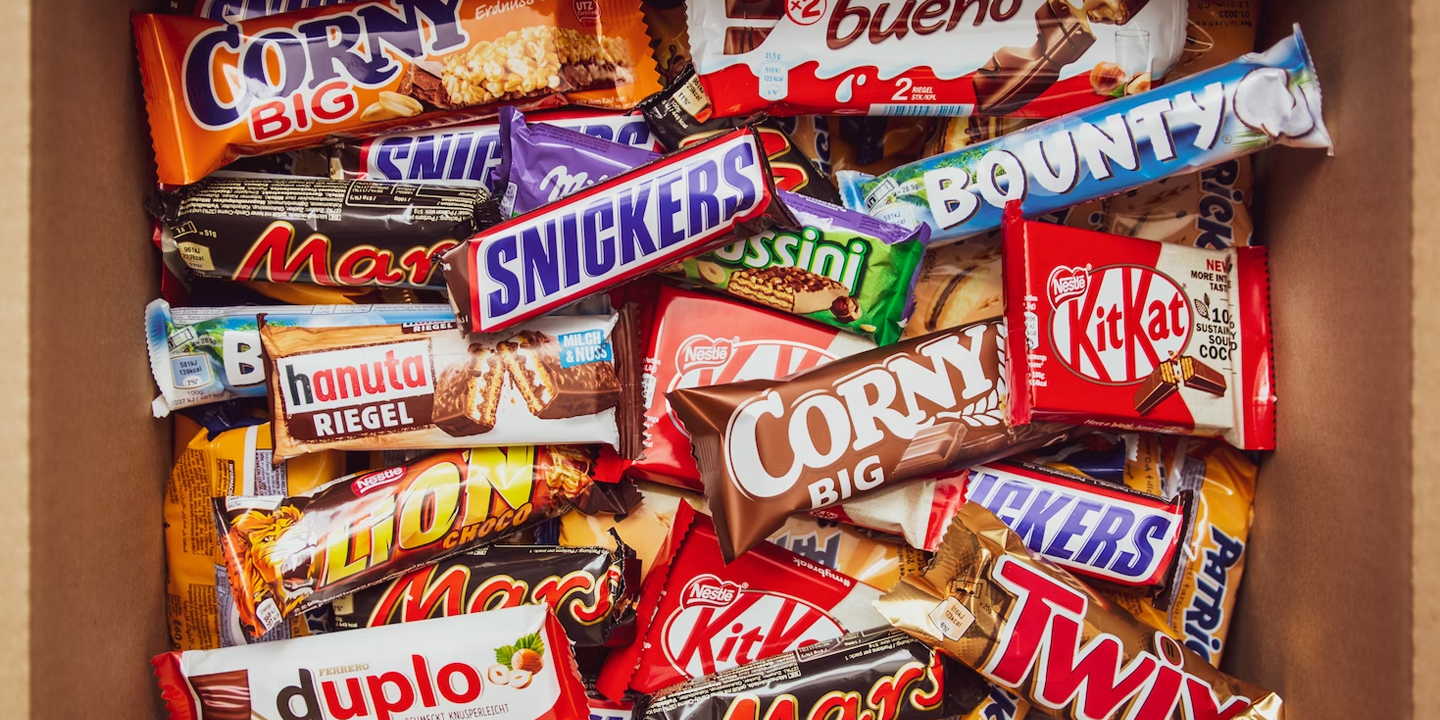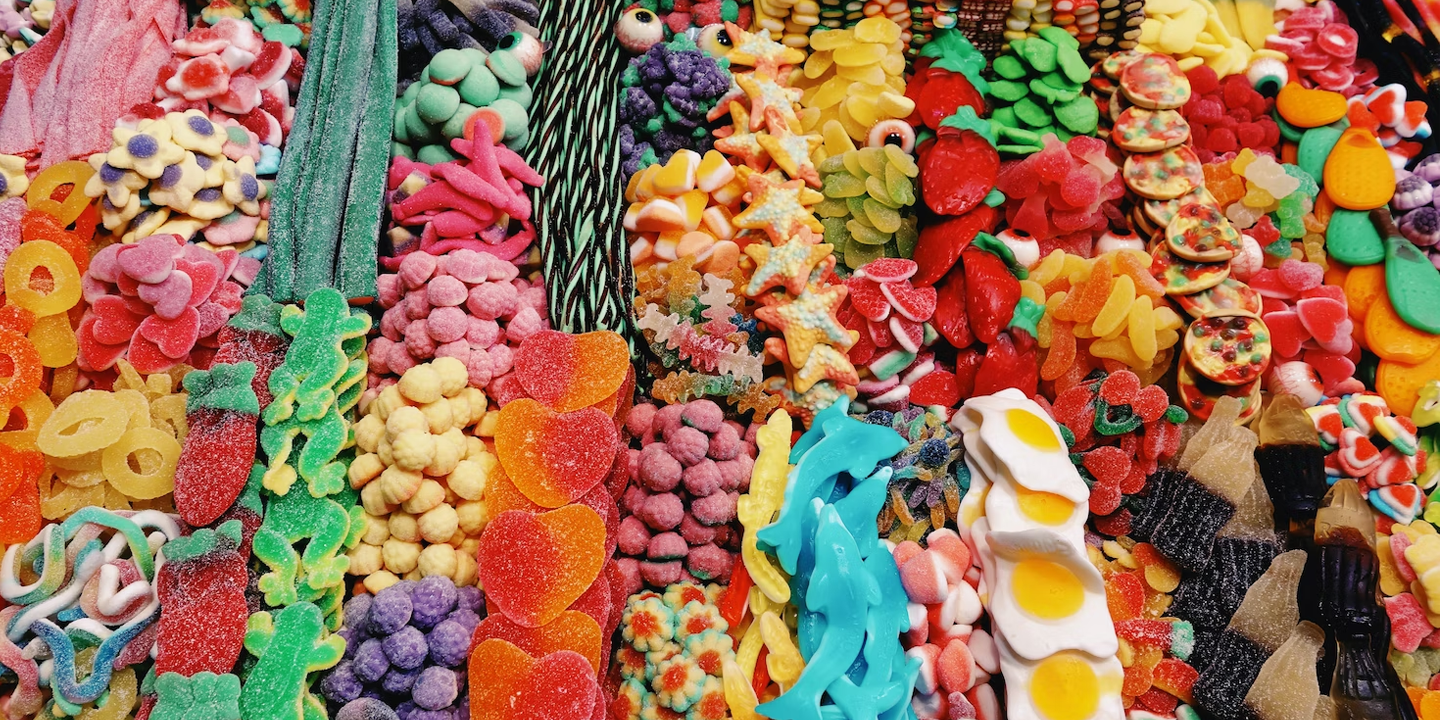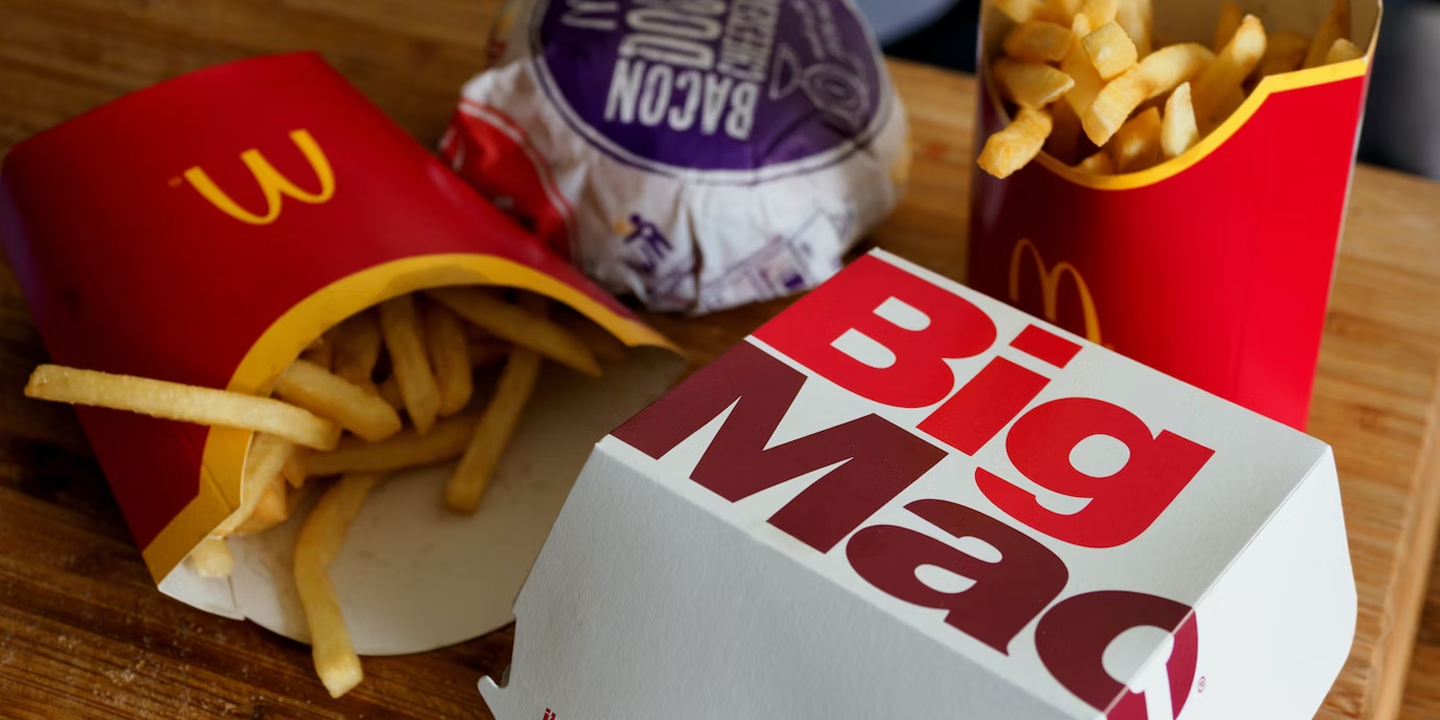How Much Do You Know About Your Cup Of Joe
Coffee is one of those drinks that has a rich history worldwide. No matter where you come from, you likely experience personal, familial, or cultural traditions associated with and around the delicious drink. While your coffee drinking experience is your own, we’d definitely recommend trying every brewing method to see which one is your favorite.
1. Etymology
The origin of the word coffee comes from various regions around the world. The Dutch word koffie, the Turkish word kaveh, the Arabic word qahwah, or from Ethiopia, as the plants grow in the Kaffa region. The Arabic word is connected to another word meaning “wine” or “stimulant.”
2. It Began With A Goat
Coffee has been thought to exist since 800 CE, and its effects were discovered by 9th-century Ethiopian goat herders. The story goes that a man named Kaldi noticed that his goats were becoming very energetic after eating red berries from a tree, and decided to try them himself. After realizing he also felt the stimulating properties of the berry, he started sharing them with his community.
3. So Many Species
While we know that there are over 120 species of coffee across the world, there are likely only four that you’ve tried: Arabica, Robusta, Liberica, and Eugenioides. This is due to most coffee plants being generally unsuitable for human consumption.
4. Yes, It’s A Fruit
Coffee is confirmed to be a fruit, and not a legume like its name would suggest. Coffee grows on trees, and flowers thanks to bee pollination. The actual coffee bean that we consume sits inside a coffee cherry, meaning that the coffee cherry, botanically speaking, is a fruit.
5. It Was Banned
Coffee was actually banned during several different eras of history, with the first recorded ban being in Mecca during the 16th century. Coffee was seen as a way to promote radical thinking, as coffeehouses were common locations for political gatherings.
6. Thankful For Brazil
Brazil is the largest producer of coffee in the world, with an annual production of 3.7 million metric tons of coffee each year. The South American country accounts for almost 40% of the world’s coffee supply, and coffee plantations cover 10,000 square miles (27,000 km²) of its land.
 Sébastien Goldberg on Unsplash
Sébastien Goldberg on Unsplash
7. The Boston Tea Party
Coffee became popular in the United States after the Boston Tea Party, as drinking tea widely became seen as a symbol of British oppression. Coffee became an act of protest, and continues to be the preferred choice today.
 Nathaniel Currier on Wikimedia
Nathaniel Currier on Wikimedia
8. It’s Blessed
Did you know that coffee is the only beverage in the world that’s received the Pope’s blessing? During Italy’s 16th-century coffee ban, Pope Clement VIII’s advisors encouraged him to condemn the drink. After trying it, however, the Pope liked it so much that he gave it his blessing, saving Italy from a coffee-less existence.
9. The Hot Drink Market
Coffee dominates the hot drink market. A 2023 report shows that it made up 72.4% of hot drink sales in the United States. However, Finland consumes the most coffee in the world on a per capita basis, with citizens drinking an average of about 26.4 pounds of coffee each year.
10. There Are Some Downsides
Despite its deep history and cross-cultural importance globally, there are some downsides. For one, coffee pickers often struggle to make a living wage, making less than $100 USD per year. Not to mention, the coffee industry has contributed to rainforest deforestation, and there are constant issues with pesticide runoff ending up in local water supplies.
 Battlecreek Coffee Roasters on Unsplash
Battlecreek Coffee Roasters on Unsplash
1. French Press
The French Press was created by Jacques-Victor Delforge and Henri-Otto Mayer in 1852, although it has gone through several design changes since its inception. To use, put coarsely ground coffee into a beaker and pour your boiling water on top. Allow the coffee to brew for four minutes before serving.
2. Pour-Over
The pour-over method was created in 1908 and was attributed to Amalie Auguste Melitta Benz. For the pour-over method, it’s best to use medium-fine coffee grounds in a paper filter. Pour near-boiling water in slow circular motions until all coffee grounds are evenly saturated, and allow the coffee to drip through for a total time of 2.5 to 4 minutes.
3. Moka Pot
The moka pot was invented in 1933 by Luigi de Ponti, and was named after the Yemeni city of Mokha. The moka pot requires you to fill its lower chamber with cold water, and then fill the filter basket with coffee grounds. Place your fastened pot on the stovetop and remove it from the heat after the pot starts making a gurgling sound.
4. Cold Brew
Cold brew actually originates from 17th-century Kyoto, Japan, and was used as a popular method of consuming caffeine on long sea voyages. Cold brew is easy enough to make; simply pour your coarse-ground coffee into a large mason jar, and pour filtered water on top. Most folks recommend a 1:2 coffee-to-water ratio. Let the coffee steep for 12 to 24 hours, strain, and enjoy.
 Rinck Content Studio on Unsplash
Rinck Content Studio on Unsplash
5. Percolater
The percolator was developed in 1819 by Parisian Joseph-Henry-Marie Laurens, with the modern stovetop percolator being made by Hanson Goodrich in 1889. The percolator has a similar structure to the moka pot, but it uses a constant water cycle for its brewing process, compared to the steam pressure process of a moka.
6. Espresso Machine
The first espresso machine was created in 1884, and is attributed to Angelo Moriondo and Luigi Bezzera. The espresso machine is one of the more difficult brewing methods, as the needs of the machine change based on the tamped pressure of the espresso grounds, the coffee grind, and, seemingly, the direction of the wind.
7. Cezve
Cezves were first developed in the 16th century in the Middle East, at the height of the Ottoman Empire. Cezve requires finely ground coffee and involves letting a thick foam rise, pouring the foam, performing a second boil to get the foam to rise again, and pouring the foam a second time to achieve a desired taste.
8. Siphon Pot
The Siphon pot was first developed in 1830s Berlin by S. Loeff. Heat filtered water in the bottom half of the siphon, and use a slightly finer grind than your standard drip coffee. As the water in the bulb starts boiling, it will rise into the coffee hopper and interact with your coffee grounds, before your coffee settles back in the bulb.
9. Aeropress
The Aeropress is a newer coffee device, having existed since 2005. The Aeropress uses air pressure to force hot water through coffee grounds, leaving you with a smooth and grit-free cup of coffee. Essentially, it’s like a French press without the extra pouring step.
10. Instant
Instant coffee was created in 1771 as a “coffee compound,” while a New Zealander by the name of David Stang developed a soluble instant coffee in 1890. Either way, this convenient product is well over 150 years old. We recommend dissolving the coffee in a little bit of milk or cold water before adding your hot water - this will make it less bitter!
KEEP ON READING

The Most Popular Chocolate Bars in the USA























